Kuanzhai Alley is located in Qingyang District, Chengdu City, Sichuan Province, and is a National 2A-Level Tourist Attraction. It consists of three parallel alleys: Kuan Alley (Wide Alley), Zhai Alley (Narrow Alley), and Jing Alley (Well Alley). The planned control area covers 479 mu (approximately 31.93 hectares), with the core protection zone occupying 108 mu (approximately 7.2 hectares). Featuring distinct characteristics, it is one of the largest well-preserved ancient streets from the Qing Dynasty remaining in Chengdu. It embodies both the style of western Sichuan dwellings in southern China and the cultural connotations of Manchu-Mongolian culture from northern China. As the last remnant of the urban pattern of Chengdu’s "Millennium Small City" (Shaocheng) and the original architectural pattern of the past century, it is also the "only existing example" of northern hutong culture in Chengdu and southern China. Most of the buildings here are courtyard-style structures from the Ming and Qing dynasties, with grey brick walls, tall gate towers, decorative wall skirts, and a column-and-tie construction style. The area ratio of courtyards to buildings is approximately 1:3.
Historical and Cultural Background
In the 57th year of the Kangxi Reign (1718), the Junggar tribe invaded Tibet. After the Qing court sent 3,000 troops to suppress the rebellion, Nian Gengyao, the Military Governor of Sichuan, built a new city inside the west city wall in accordance with Qing Dynasty regulations to station Manchu and Mongolian Eight Banners troops. This city was named "Man City" (Mancheng), also known as "Small City" (Shaocheng). After the outbreak of the 1911 Revolution, the walls of Shaocheng were demolished, and the barracks were gradually replaced by private residences. In 1981, the Chengdu Municipal Government designated the Kuanzhai Alley area (a relic of Shaocheng) as a historical and cultural protection zone. In 2003, the renovation and construction project of Kuanzhai Alley was launched, and in 2008, it opened to the public as a symbolic scenic spot for the recovery of Chengdu’s tourism industry after the earthquake.
During the Republic of China period, the city administrators at that time issued an official document to rename "hutongs" (a term for lanes used in northern China) to "alleys" (xiangzi, the common term in southern China). In 1948, during a city survey, staff labeled the wider lane as "Kuan Alley" (Wide Alley), the narrower one as "Zhai Alley" (Narrow Alley), and the one with a well as "Jing Alley" (Well Alley).
Major Attractions
Kuan Alley (Wide Alley)
During the Qing Dynasty, Kuan Alley was known as "Xingren Hutong" and originally served as barracks for the garrisoned Qing troops. It gathers well-preserved ancient buildings, including more than 20 distinctive courtyards. Most of these courtyards retain their intact original gate facades, exuding a strong nostalgic atmosphere. Among them, "Kailu Courtyard" is located at No. 11 Kuan Alley. Its gate is an arc-shaped archway built with specially made grey bricks, and a traditional Chinese stone plaque is embedded above the archway, on which "Kailu" is carved in raised seal script. "Demen Renli Courtyard" (meaning "Virtuous Gate, Benevolent Neighborhood") is situated at No. 8 Kuan Alley. Once a courtyard for experiencing traditional Chengdu life, it has now been transformed into a boutique hotel, demonstrating a perfect integration of classical and modern styles.
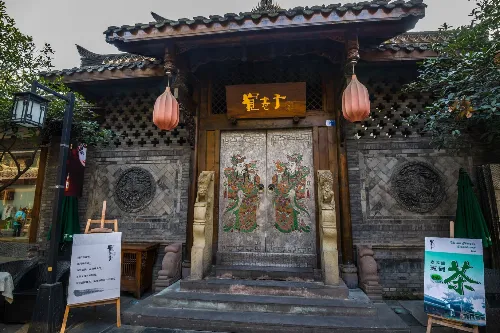
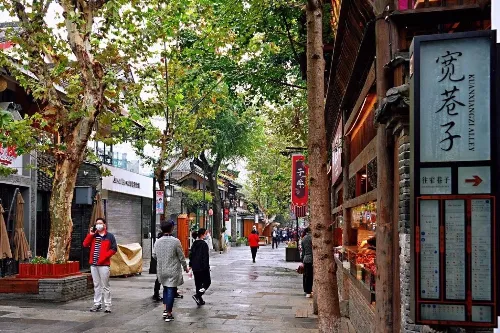
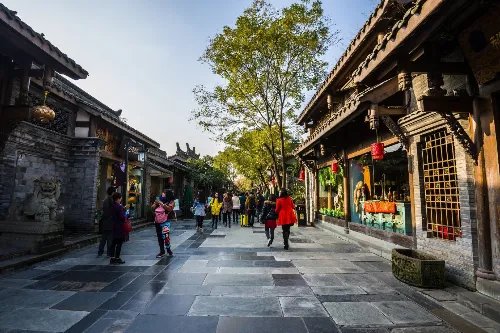
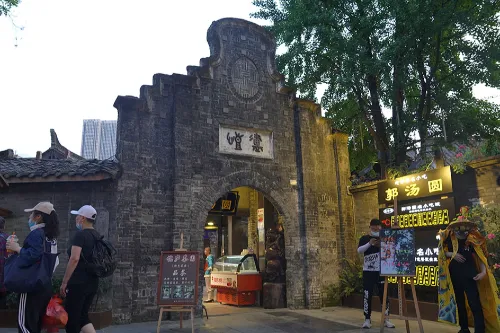
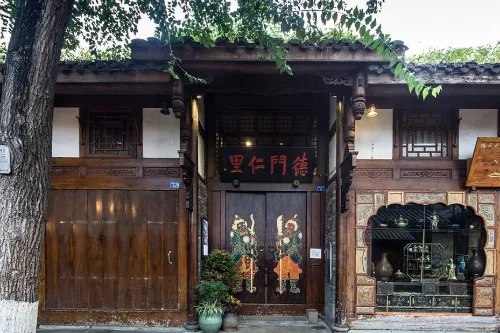
Zhai Alley (Narrow Alley)
In the Qing Dynasty, Zhai Alley was called "Taiping Hutong" (Peace Hutong). Most of the buildings in the alley were constructed during the late Qing Dynasty and the early Republic of China, incorporating Western architectural styles and forming a inclusive culture that combines Chinese and Western elements. The businesses in Zhai Alley mainly include Western restaurants, cafes, clubs, and themed cultural shops, making it the best place to experience the "aesthetics of Kuanzhai". The horse-tethering stone is located on the old wall at the entrance of No. 32 Zhai Alley, about 1.2 meters above the ground. As one of the only three remaining horse-tethering stones in Kuanzhai Alley, it is a symbolic representation of northern Chinese culture in western Sichuan.
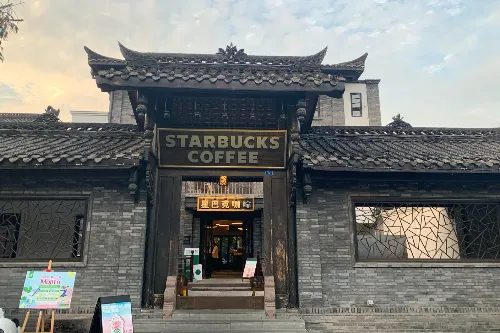
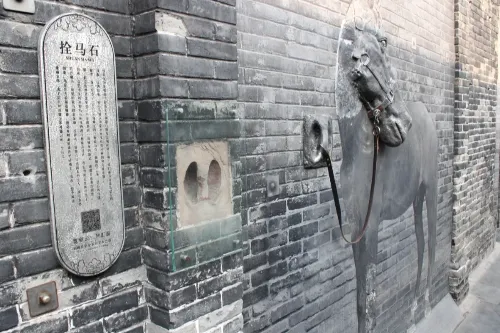
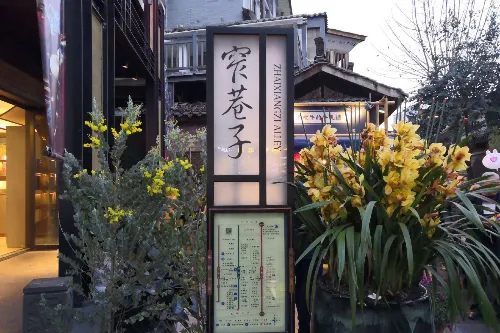
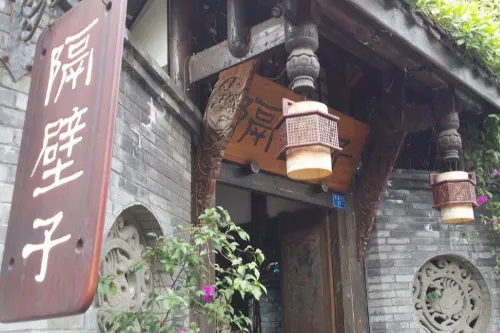
Jing Alley (Well Alley)
Jing Alley is located on the east side of Lower Tongren Road and south of Zhai Alley. In the early Qing Dynasty, it was named "Ruyi Hutong" (Good Luck Hutong). Later, due to the construction of Mingde Archway in the northern part of the hutong, it was renamed "Mingde Hutong" (Bright Virtue Hutong). In the early Republic of China, it was officially named "Jing Alley" because there was a well in the alley. The alley is home to China’s only museum wall with bricks as the carrier. Approximately 380 meters long, this two-dimensional brick wall building narrates a century of history and showcases the vicissitudes of Chengdu. As a typical microcosm of Chengdu’s folk culture, Jing Alley gathers Chengdu’s characteristic snacks and folk handicrafts, presenting the unique charm of authentic traditional Chengdu life.
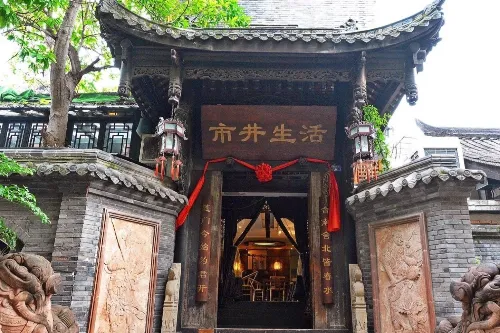
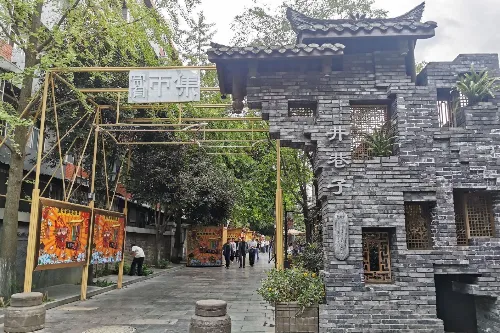
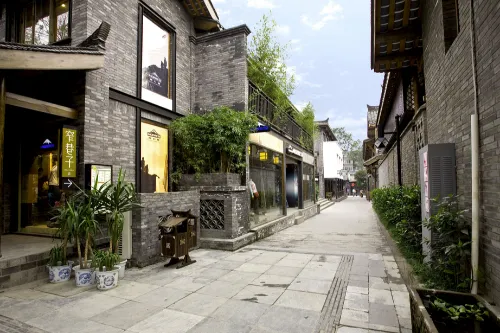
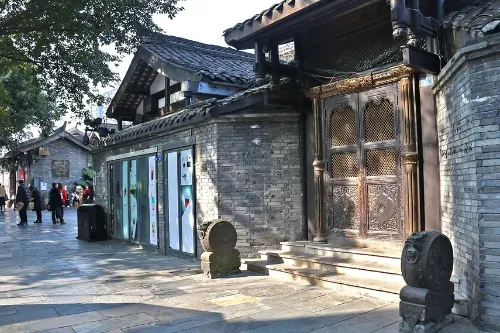
Visiting Route
You can start your visit from Kuan Alley to immerse yourself in the traditional Chengdu lifestyle and admire the classic western Sichuan architecture. Then, stroll to Zhai Alley to experience its elegant atmosphere and the integration of Chinese and Western architectural styles. Finally, head to Jing Alley to visit the brick culture wall and taste a variety of Chengdu’s specialty snacks. If you have plenty of time, you can stop by one of the tea houses in the alleys, order a cup of "Gaiwan Tea" (tea served in a covered bowl), and enjoy a leisurely moment.
Visiting Tips
- To avoid crowds, it is recommended to visit on weekday mornings.
- When trying local food, check the prices and menu first—small shops in the side alleys may offer surprisingly delicious treats.
- For visitors interested in handicrafts and souvenirs, remember to compare prices and quality across different shops before purchasing.
Notes
- The scenic area is usually crowded with tourists, so keep a close eye on your valuables such as mobile phones and wallets.
- Choose restaurants with good hygiene conditions to try local food, and avoid eating unclean food to prevent discomfort.
- Respect local customs and cultural traditions. Do not touch ancient buildings or cultural relics at will, and help maintain the cleanliness and tranquility of the ancient streets.
Transportation
- Subway: Take Chengdu Metro Line 4 and get off at Kuanzhai Alley Station.
- Bus: Multiple bus routes are available, including Routes 5, 13, 25, 43, 47, 58, 64, 78, 81, and 93. Get off at the bus stops near Kuanzhai Alley.
- Self-driving or Taxi: There are parking lots near the scenic area for self-driving visitors, but parking spaces may be scarce and traffic jams common during holidays. Taxis may also encounter traffic congestion, so public transportation is recommended as the first choice.
Opening Hours
Open 24 hours a day throughout the year.
Tickets
Admission to the alley itself is free. However, some attractions and experience programs within the area require additional fees.
Online Booking
Click here to jump to the Trip.com ticketing platform for ticket purchase.


